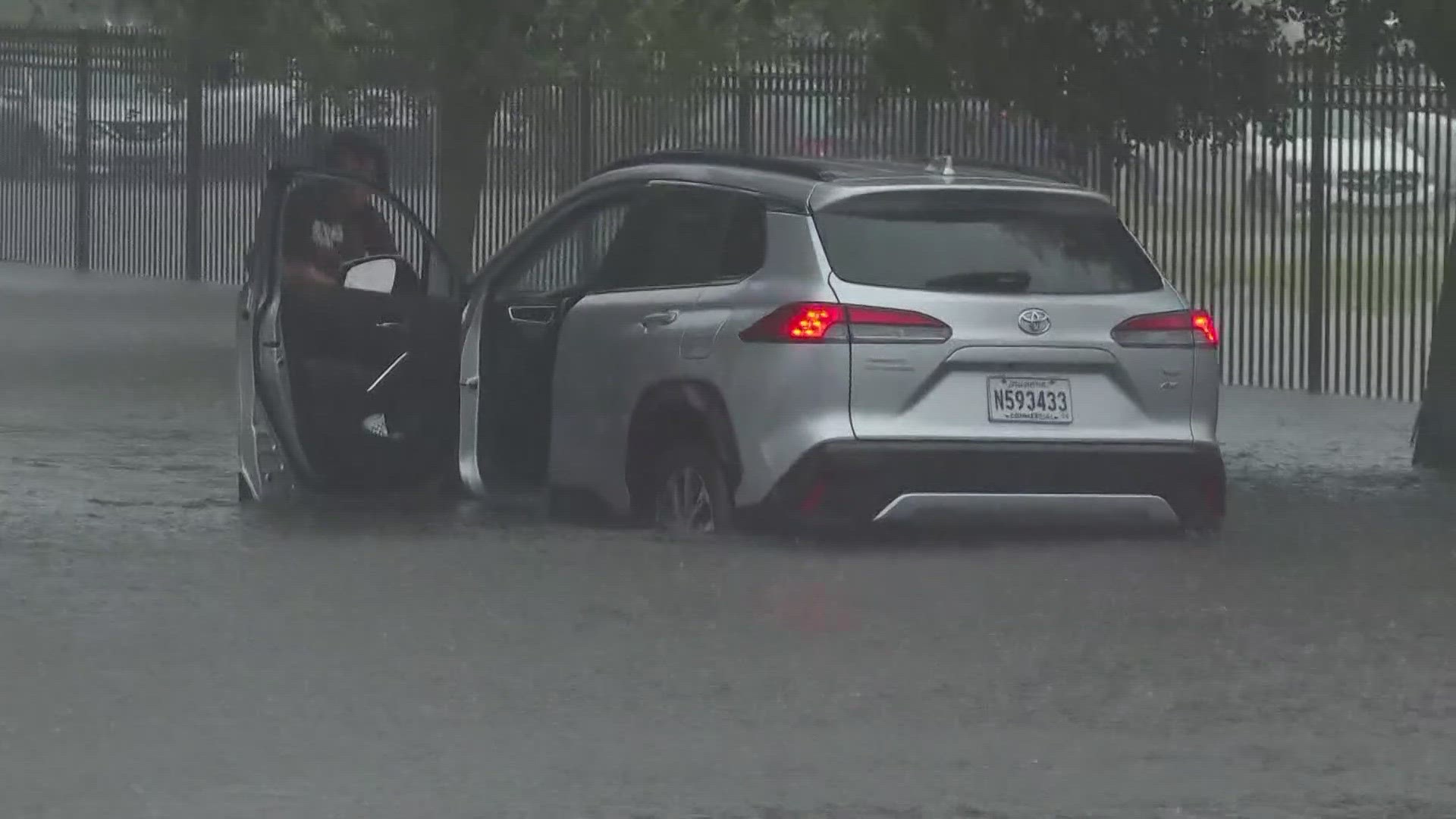BATON ROUGE – Nearly a week after the new and improved FEMA trailers were unveiled only one single unit had been placed into service as of Wednesday.
The issue has caused some to complain that FEMA has been slow to respond to housing needs.
“Having one trailer set up so far out of all of this, one trailer. Where I’m from I don’t call that satisfactory at all,” said Gonzales State Representative Clay Schexnayder.
FEMA says that since the trailers are a good bit larger than the ones used after Katrina, there are issues with accommodating the size.
The travel trailers used after Hurricane Katrina were small enough they could fit in a driveway, where they were unlikely to conflict with local ordinances. Their small size was a frequent complaint of Katrina victims. The newer models are as large as 980 square feet and range from one to three bedrooms.
"Unlike a travel trailer, this is a semi-permanent installation. The coordination has to occur not only with the state but at the local level," said Gerard Stolar, the FEMA Coordinating Officer, who said that to date 200 households have been approved for the trailers.
Homeowners will need enough yard space for the mobile homes, and the local ordinances have to allow them. FEMA spokesman Alberto Pillot said there is not a minimum lot size someone needs, because eligibility will be determined "on a case by case basis and subject to ordinance."
Gov. John Bel Edwards is encouraging people to be able to quickly make their homes livable and to reside there while repair work continues. A few thousand other people are residing in hotels.
The temporary housing is being called the "last resort" option, available to people with damage exceeding $17,000 and who have registered with FEMA. There is no income requirement for the program that provides assistance, usually to rent a house or apartment. The manufactured housing option comes into play when nearby rentals are unavailable. Temporary housing, generally, is available for up to 18 months while repairs are being made to the pre-disaster primary residence or until the occupants find a new home.
But there's also an issue of where the units can be placed.
Stolar told frustrated members of the state's House committee on Homeland Security on Wednesday that FEMA is running into red tape with local jurisdictions.
Stolar said he couldn't provide a timeline as to when more mobile homes would be placed, or how long it takes for someone to get a housing unit after their need has been identified. But he said at least one more installation was in progress on Wednesday.
The home owner also must have sewer, water and electrical hook ups for the mobile homes.



